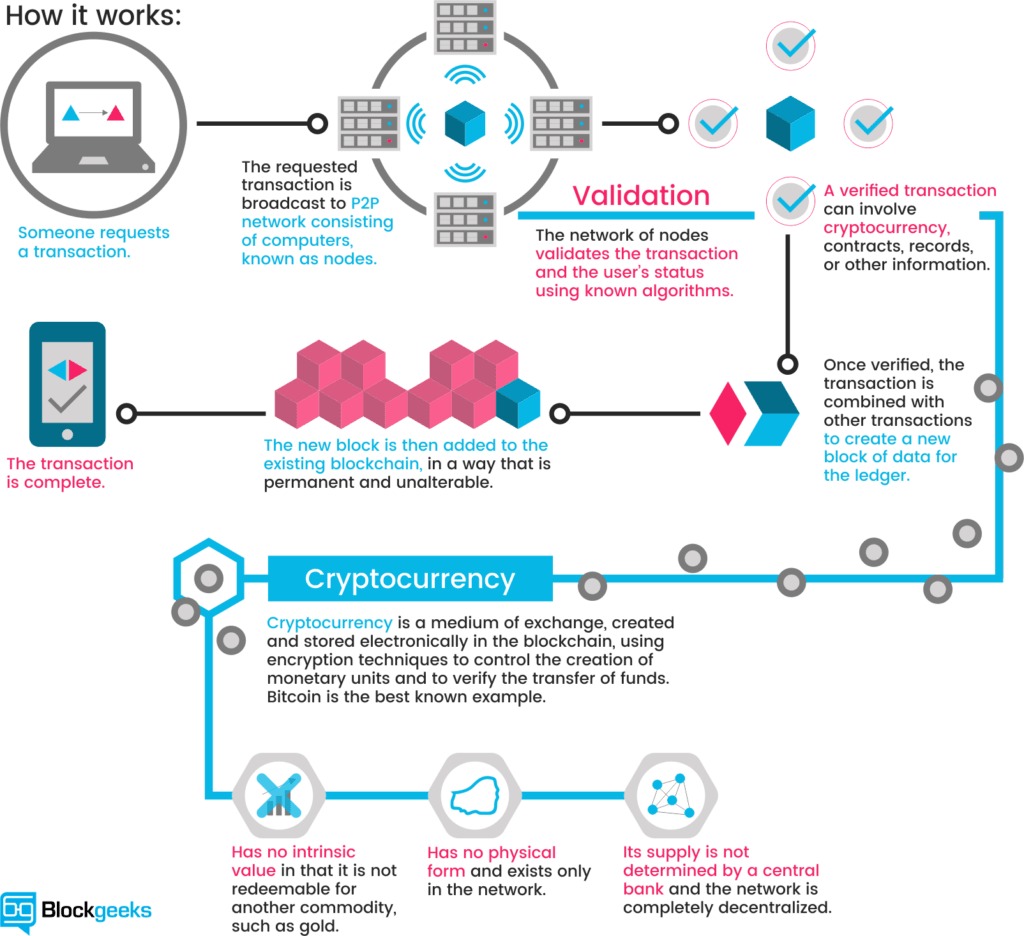Cloud Elements is receiving its second round of venture capitalist financing, led by Harbert Partners. The company builds API integration tools for developers, and the company attempts to tackle the data deluge by building integrated systems directly into a company’s application. They differentiate themselves from competing companies such as SnapLogic and MuleSoft, which have a separate, external integration product aimed at IT.
This relates to our in class discussion on how enterprises must face the issues that arise from sharing data across multiple systems. As opposed to investing in a single system, which is both costly and risky, an enterprise can opt for Cloud Elements’ API integration platform. If developers need to connect multiple financial systems in order to synchronize fiscal data across an organization, they would use the company’s application to create a financial hub. The company wants to expand the number of systems it can connect to, and with an ever expanding amount of data and systems, that number is limitless.
Cloud Elements scores $13 million Series B to advance API integration tools

